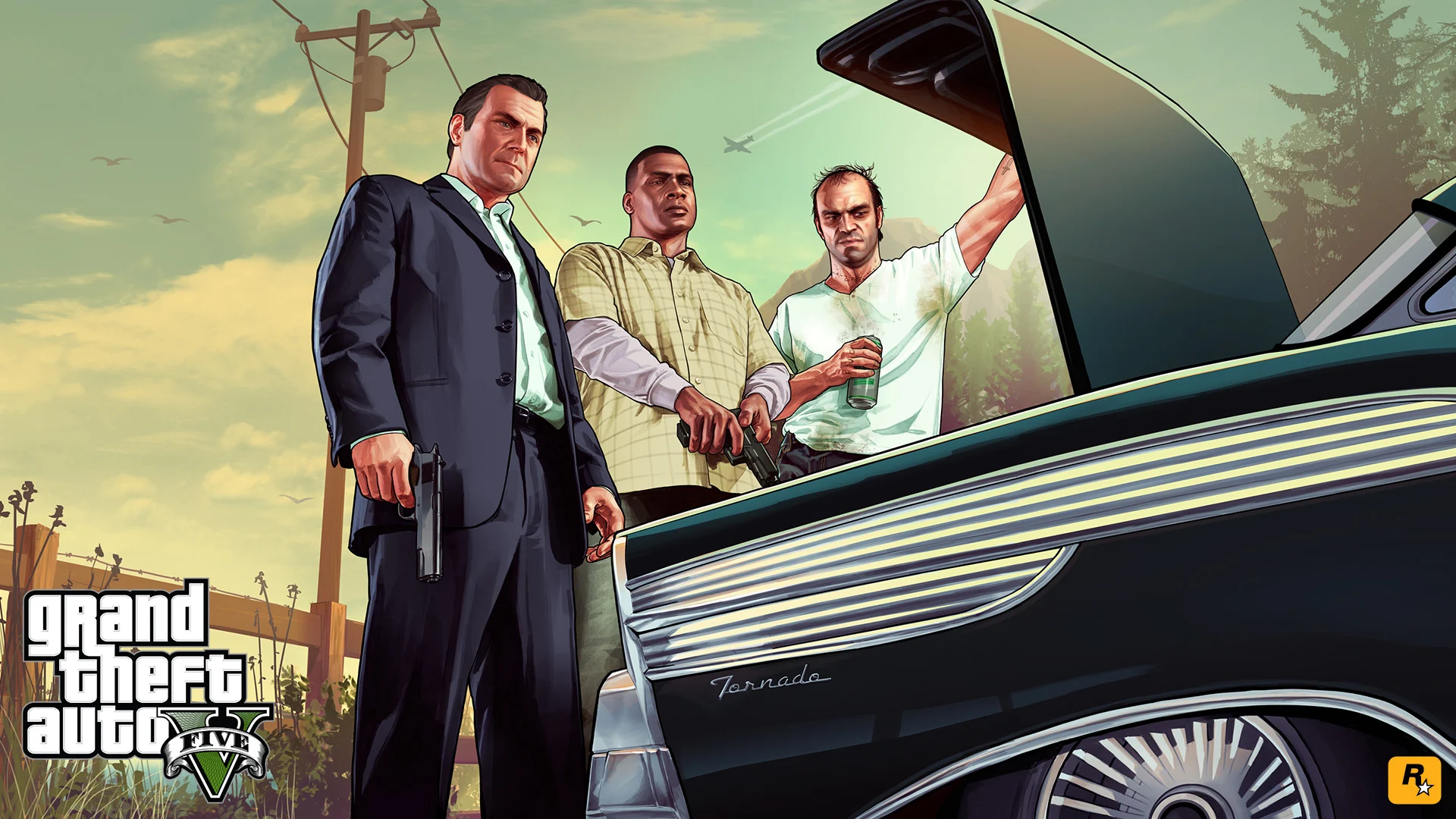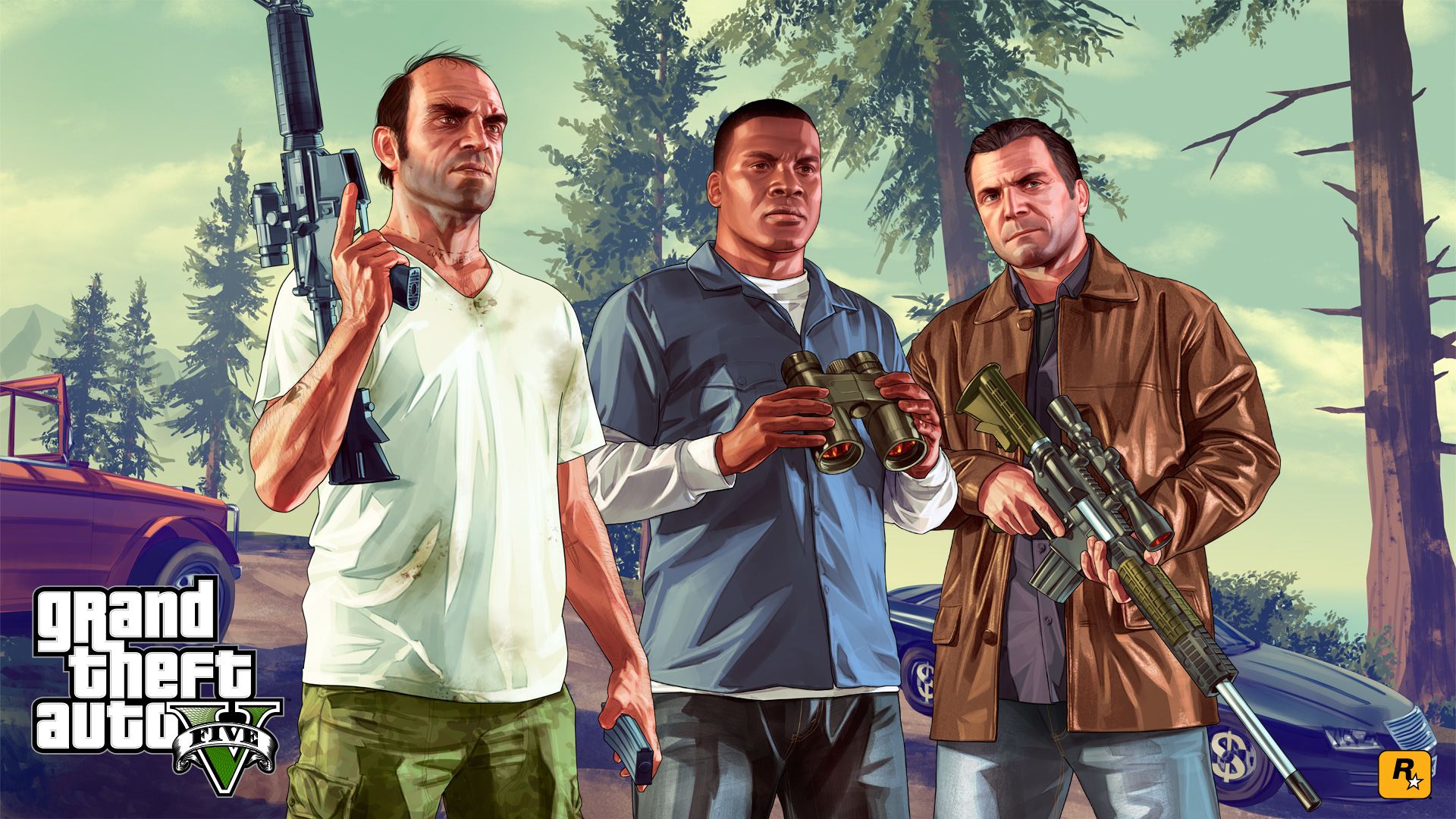Popular Now
Grand Theft Auto V (GTA V) brought numerous innovations to the open-world crime genre, but one of the most impactful and debated systems remains its police AI and wanted level mechanics. Unlike previous installments where escaping the law was either too easy or too predictable, GTA V introduced an intelligent, escalating, and regionally responsive law enforcement system that adds layers of strategy and tension to criminal behavior. In this article, we will dive deep into how police AI functions in GTA V, how it evolves with time and player action, and what it reveals about Rockstar's design priorities and storytelling approach.
The Basics of the Wanted System
At the heart of GTA V’s police mechanics is the five-star wanted system. This iconic structure remains from earlier titles, but GTA V’s approach integrates a more nuanced AI that behaves with contextual awareness. One-star infractions—such as punching a civilian or minor property damage—trigger a basic local response with slow-reacting officers. But as stars accumulate, the system introduces a cascade of increasingly dangerous units, from high-speed cruisers to helicopters and SWAT teams.

Response Times and Zones of Influence
The map of GTA V—spanning urban centers, highways, and rural terrain—features zone-based police responsiveness. In the inner city of Los Santos, law enforcement reacts quickly and aggressively. In contrast, crimes committed in Blaine County or the wilderness see slower but sometimes more violent reactions. This mirrors real-life resource allocation and compels players to think tactically about where they perform criminal acts.
The AI calculates response times based on location, road proximity, and even time of day. Night crimes often get less immediate attention in rural zones, while daytime offenses in populated areas escalate quickly. Players can exploit these mechanics, though the AI continuously learns and adapts patterns, making repetition less effective.
Patrol Routes and Predictability
One of GTA V's major upgrades lies in how patrol routes and AI pathfinding work. Police don’t spawn randomly anymore—they patrol based on a simulated real-time logic. This means that the presence of law enforcement is sometimes predictable if players observe long enough. Officers on foot in downtown Los Santos, for instance, will rotate through specific corners and storefronts.
When a player commits a crime, nearby patrols are the first responders. If no units are within immediate range, dispatch sends cruisers from the nearest station. This system discourages players from reckless behavior in areas they frequent often and promotes a more methodical approach to criminal acts.
Escalation Tactics by AI
Police AI in GTA V follows a programmed escalation hierarchy, which unfolds with increasing aggression:
-
One star: Verbal commands, pursuit on foot or car.
-
Two stars: Immediate arrest attempts, roadblocks begin.
-
Three stars: Helicopters dispatched, spike strips deployed.
-
Four stars: SWAT teams arrive, use of lethal force permitted.
-
Five stars: Full-blown manhunt, tactical vehicles, and aggressive breach tactics.
What makes this particularly impactful is the transition between these levels. There’s no hard cut; the AI scales based on ongoing factors such as duration of pursuit, weapons used by the player, and collateral damage.
The Role of Line of Sight and Stealth
A major innovation in GTA V is how line of sight affects wanted levels. Escaping the cops isn’t just about speed—it’s about visibility. If players break visual contact and stay hidden long enough, the wanted level starts to blink, indicating the beginning of a cooldown phase.
The game encourages use of alleys, tunnels, or switching vehicles to confuse police. Certain characters, like Franklin with his driving abilities, have better odds of escape, but even Trevor can rely on brute force. It’s this dynamic that turns each chase into a mini-strategy game.
Police AI in Heists and Missions
GTA V’s major heist missions feature scripted and unscripted police encounters. In many missions, how the AI reacts is determined by player choice—such as whether you go loud or stealth. In the "Big Score," for instance, the police behavior shifts depending on whether players choose the smart or aggressive approach.
Additionally, AI behavior is tailored to specific mission zones, giving the illusion that the world is fully reactive. Police even react differently depending on which character you're using, particularly in free roam scenarios. Michael, being ex-FIB, sometimes triggers more aggressive pursuit patterns.
Advanced AI Communication and Coordination
One of the most subtle but impactful features of police AI is communication between units. Officers now coordinate on the fly—calling in your position to choppers, updating roadblocks based on your direction, and setting traps using multi-vehicle formations. This simulated teamwork increases realism and tension.
What’s more, voice lines between cops during pursuits indicate their awareness of your behavior. If you're driving recklessly, you’ll hear “Suspect driving erratically!”—signaling not just scripted flavor but AI-driven pattern recognition.
Player Tactics to Exploit or Outsmart Cops
GTA V’s rich mechanics allow clever players to exploit AI gaps. Some of the most common tactics include:
-
Changing cars in tunnels or parking garages to break the line of sight.
-
Using mods or cheats to disable wanted levels or analyze spawn points (in PC versions).
-
Diving underwater or using submarines to escape during water pursuits.
-
Flying under radar in low-altitude helicopter runs to avoid detection.
However, the AI often adapts. If the player uses a trick too often, the game subtly increases its difficulty in those scenarios, pushing players to think more creatively.

Realism vs. Gameplay Balance
A long-standing debate in the GTA community is whether police AI in GTA V is too aggressive. Some argue that at higher stars, survival is near impossible without heavy preparation. Others point out the contrast between civilian and police AI, where one feels cartoonish and the other hyper-lethal.
Rockstar balances realism with playability by ensuring the five-star level is escapable—but only barely. Tools like Lester’s ability to remove wanted levels or hiding in custom properties give players outs, but not guarantees. This balance keeps the stakes high without making it unbearable.
Modding the Police AI: A Deeper Simulation
On PC, players have access to mods that overhaul police AI completely, adding features like:
-
Real-time backup requests
-
Negotiation systems
-
Arrest surrender mechanics
-
Variable officer skill levels
Mods such as "LSPDFR" even reverse the formula, letting players act as police officers, thus showing the AI from the other side. These tools highlight how rich the AI ecosystem is under the hood and how modders have expanded its capabilities.
Conclusion
The police AI in Grand Theft Auto V is a masterclass in tension, realism, and dynamic challenge. Whether you're plotting the perfect heist, escaping across rural farmlands, or surviving a five-star citywide pursuit, the law enforcement system forces players to constantly adapt, plan, and act with precision. It transforms crime from mere sandbox chaos into a calculated, high-stakes game of cat and mouse. Rockstar’s intricate design choices not only enrich gameplay but also set a standard for open-world AI systems moving forward.

















